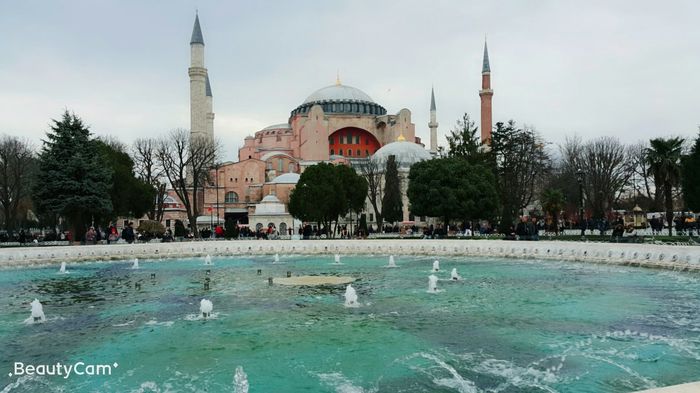In some future age, people will say history began with the twentieth century, for it will be the earliest period from which they’ll have sound and motion recordings to capture the flavor of life. To apprehend comparable flavor for the late antique world requires imagination and attention to often scant scraps of detail preserved in surviving sources.
Let’s start with flavor itself. What did men and women eat in this late antique Mediterranean world?10 Bread, of course, with a little olive oil. Olives themselves could be cured and saved with salt, with vinegar or honey vinegar, and with brine. Milk was more for those in northern climes, where it didn’t spoil as quickly, but cheese was common everywhere. Meat and fish were luxuries, but if you were in a great city near the water, seafood was at least somewhat familiar. Strabo the geographer tells us that every year there was a run of bonito, a type of mackerel, in great shoals descending the Bosporus toward the Mediterranean, driven by currents close to the shore of what would become Constantinople. And when did people eat? Custom in late antiquity shifted away from the midday main meal of traditional Rome toward an evening main meal, at least at Constantinople.
Luxuries unimaginable elsewhere
And in a great city, there were luxuries unimaginable elsewhere. Those luxuries were for the rich, of course, and if you were a ruler, you would rate even scarcer rarities. In Italy, that meant salmon fished from the Rhine and carp from the Danube, but still Italian wine—at one point Verona’s vintage was the most fashionable.11 If you were regal, rich, or both, you could season what you ate with spices. They were also useful to balance the humors in the blood; for example Perils of the body were scarcely less threatening, the game birds and roast meats of a luxurious table in January were to be seasoned with the hottest spices, such as pepper, cinnamon, and mustard, so that their warming properties would counterbalance the cold, moist phlegm of the body.
Herbs provided the flavorings of choice, with every corner of the garden scoured for everything with a distinctive taste. Our herb and spice racks are full of parsley, mint, basil, coriander, and more because our ancestors could not find or afford stronger stuff. Rarer spices commanded high prices for their negligible weight, and they were often formed into enticing shapes to lure buyers. To this day, if you travel to the souk of Aleppo and find the stands full of spices sculptured into elegant castles for sale, you are only inches away from the premodern world. Cinnamon and its cousin cassia traveled all the way from Sri Lanka and China. With ginger they were the best-known most abundantly sold spices. Pepper came from southern India.12 Exotic fruit would not become fashionable and available until Islamic times; the Greco-Roman Mediterranean settled for apples, pears, cherries, apricots, plums, peaches, and of course grapes. Honey was the sweetener of choice, because sugar was known only in Persia and northern India, and would not become universal and addictive until modern times.








